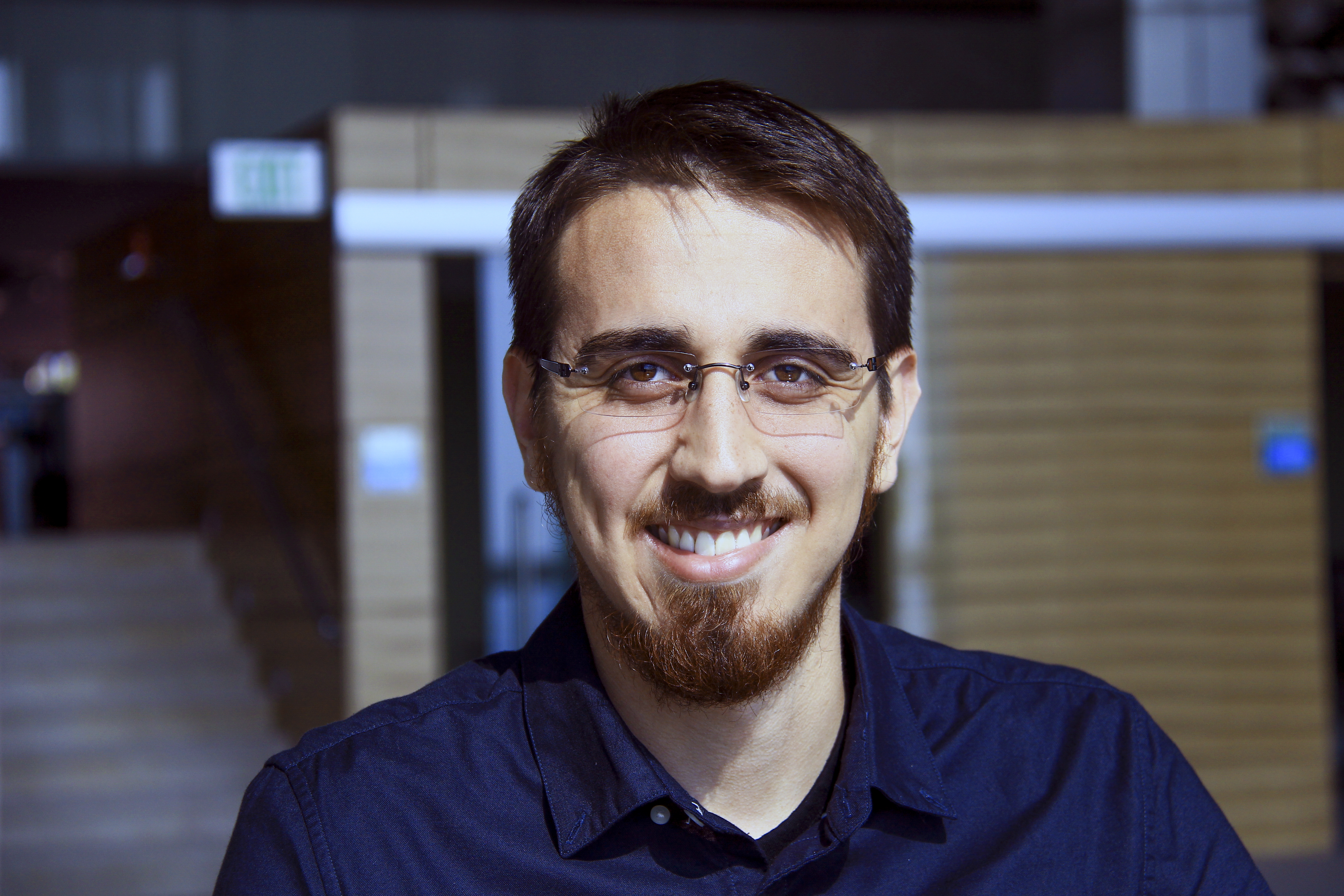KAUST student wins best poster at Water Arabia Conference

KAUST student Adair Gallo Junior presented a patent-pending technique developed in Prof. Mishra’s Group that reduces water evaporation from soils.
The graduating Water Desalination and Reuse Center masters student from Professor Himanshu Mishra’s Group recently won the best poster award at the 5th Water Arabia Conference and Exhibition held at Al-Khobar, Saudi Arabia on October 17-19, 2017. Gallo started his KAUST journey as a VSRP Research Intern. He is continuing on as a Ph.D. student after recently completing his master's degree. Gallo's poster entitled "Superhydrophobic Sand Mulches for Desert Agriculture" detailed a novel and patent-pending technique that uses superhydrophobic sands for reducing the evaporation of water from soils.
In the works for the past year and a half, the innovative methodology consists of coating sand or soils with a cheap and abundantly available paraffin wax –- a byproduct of oil. The paraffin wax coating essentially prevents water from either infiltrating the sand when poured onto it, or to easily evaporate from the soil.
When half-a-centimeter thick layer of the superhydrophobic sand is deposited on top of the soil, it immediately reduces the evaporation rate of the water from the soil. It basically keeps water inside the soil for a longer period of time -- leaving more water available for the plants to grow. This has particularly significant implications for agriculture in arid regions of the world.
In order to make this technique feasible, an irrigation line is placed under the sand layer. Gallo and colleagues tested the innovative methodology inside the greenhouse at KAUST and it yielded promising preliminary results. Encouraged by those results, they conducted field-scale experiments at a facility in Hada Al-Sham in western Saudi Arabia.
"We got some really exciting results. It was our first round of field trials and for tomatoes we observed a 100% increase in the biomass and for barley it was around 140% increase in the grains. Those are really good and exciting results and we're still working on this concept," said Gallo.
The team is now preparing for a new crop season where they will test tomatoes, barley, maize, and potatoes; different irrigation regimes will also be tested.
"Any technology that can reduce the irrigation needs for agriculture is very welcome," said Gallo. Gallo will stay at KAUST to pursue his doctoral research with Professor Mishra.
Other researchers contributing to this work included, Joel Reihmer (a former MS student in Prof. Mishra’s Group), Mitchell Morton, Samir Al-Mashharawi, Prof. Matt McCabe, Prof. Mark Tester, and Prof. Magdi Mousa (KAU, Jeddah). This work was also recognized with the Elsevier Best Poster Award among ~300 posters at the 7th International Colloids Conference held at Sitges, Spain in 2017.

